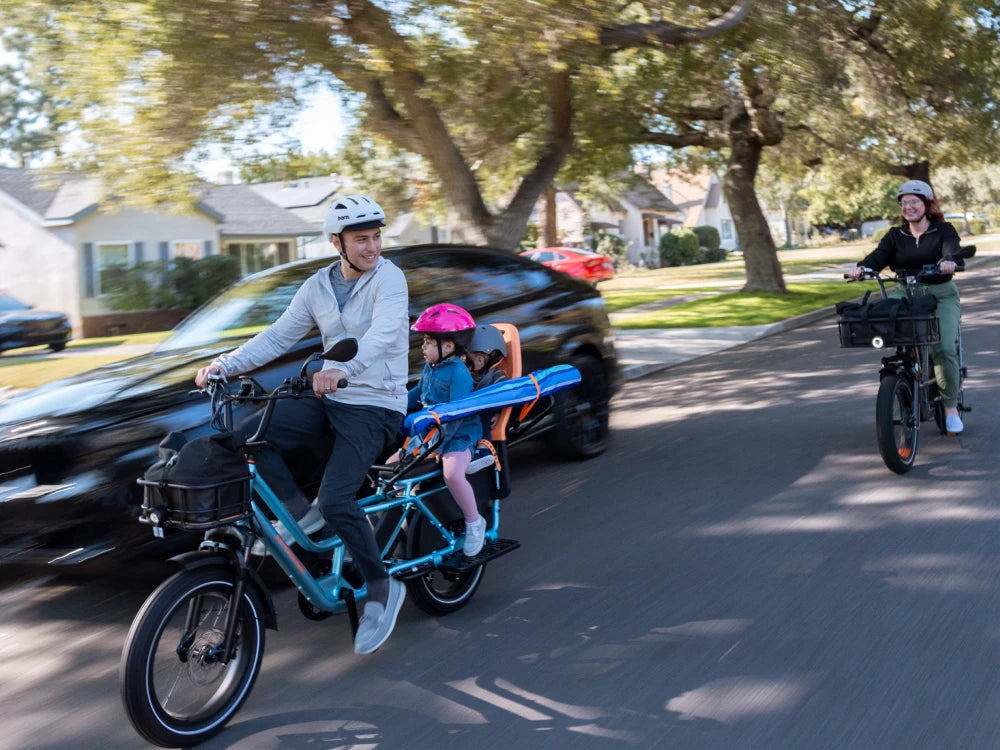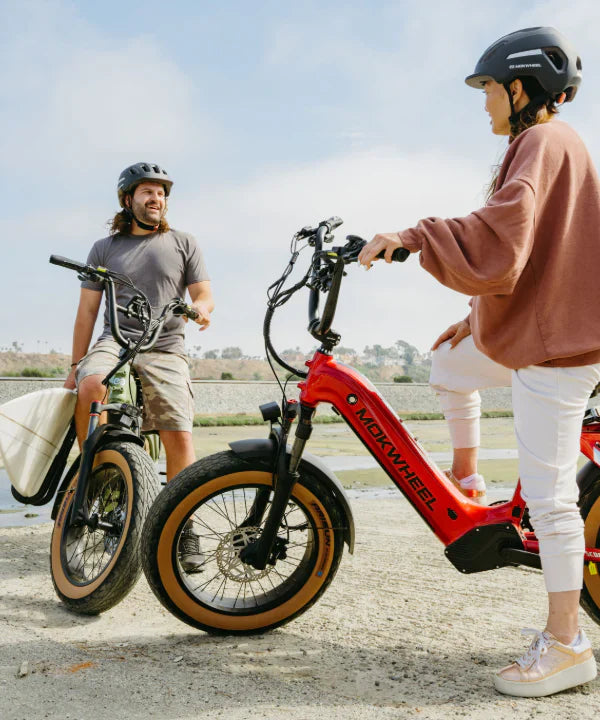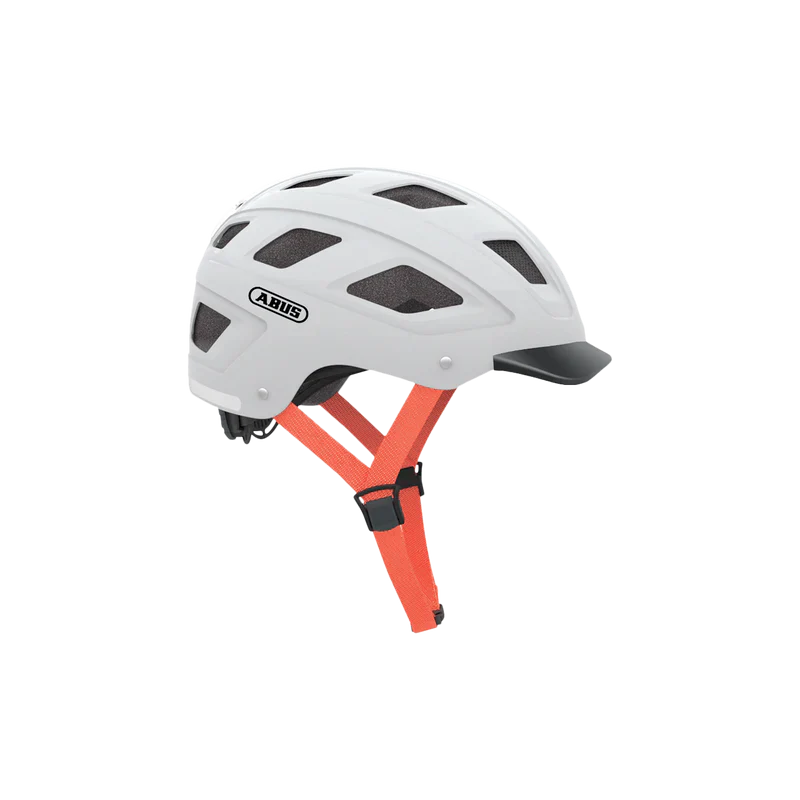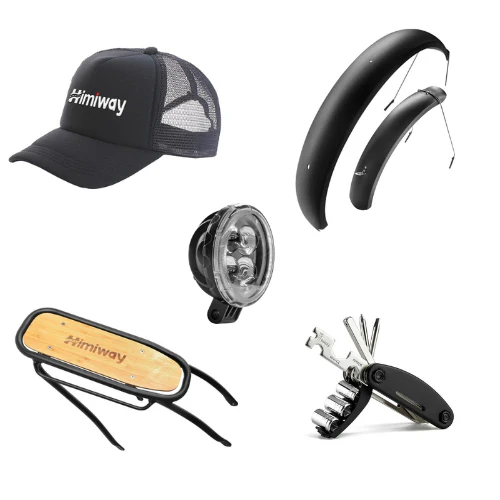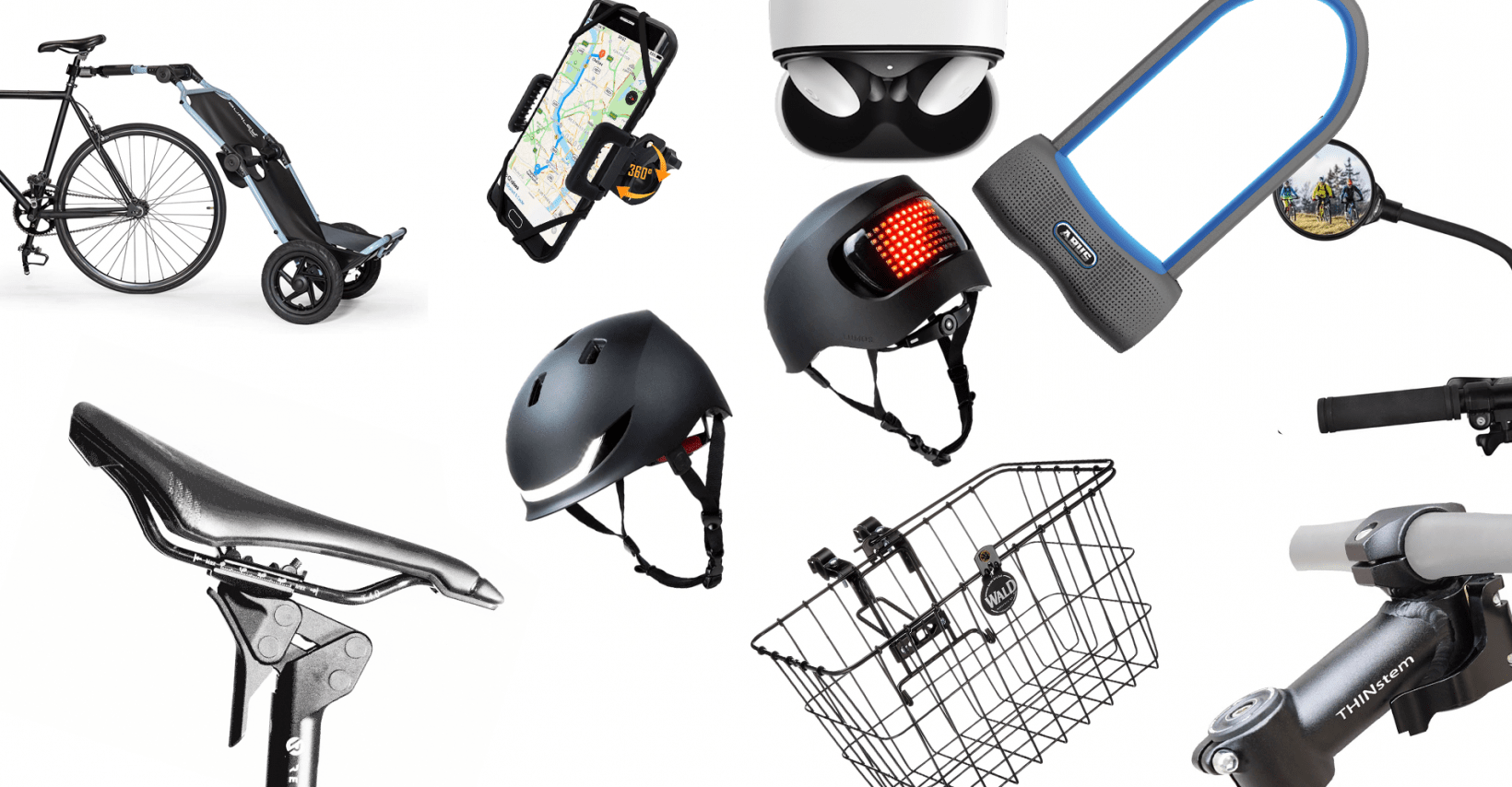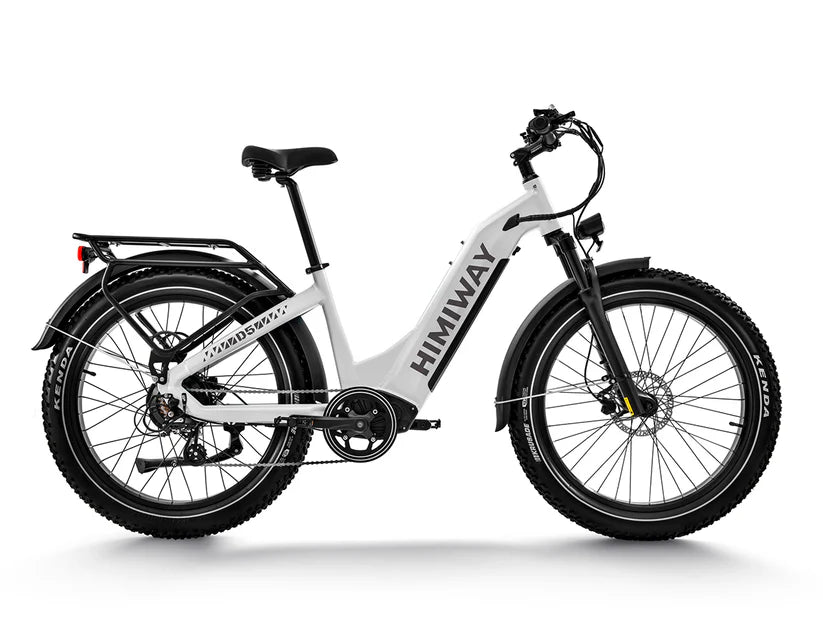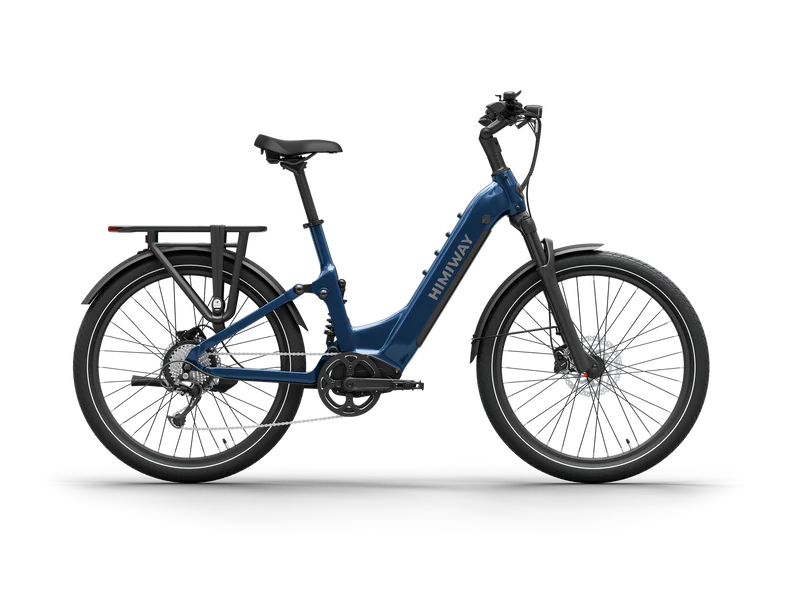In recent years, the popularity of electric bikes (e-bikes) has surged as people seek eco-friendly and efficient alternatives to traditional bicycles. Whether you're a commuter looking to navigate urban traffic or a weekend warrior eager to explore the great outdoors, finding the right electric bike requires careful consideration. In this guide, we'll explore key factors to help you make an informed decision and find the e-bike that best suits your needs.
1. Define Your Purpose:
Before diving into the world of electric bikes, ask yourself why you want one. Are you commuting to work, tackling off-road trails, or simply cruising around the neighborhood? Different e-bikes are designed for specific purposes, so clarifying your intended use will guide your decision-making process.
2. Types of Electric Bikes:
There are various types of electric bikes tailored to different activities. The main categories include:
- City/Commuter Bikes: Ideal for urban commuting with features like fenders, racks, and lights.
- Mountain Bikes: Designed for off-road adventures with sturdy frames and robust suspension systems.
- Folding Bikes: Perfect for those with limited storage space or a need for portability.
- Cruiser Bikes: Geared towards relaxed rides with a comfortable, upright seating position.
- Cargo Bikes: Equipped for carrying groceries, packages, or even children with built-in cargo space.
Understanding these categories will help you narrow down your options.
3. Motor and Power:
The heart of any electric bike is its motor. E-bike motors are typically categorized as hub motors or mid-drive motors. Hub motors are situated in the wheel, providing a simpler design, while mid-drive motors are placed at the bike's center, offering better balance and efficiency, especially on varied terrains.
Consider the power of the motor as well, typically measured in watts. Higher wattage doesn't always mean better performance, but it does impact the bike's ability to handle hills and rough terrain.
4. Battery Life:
The battery is a crucial component, determining how far you can ride on a single charge. Battery capacity is measured in watt-hours (Wh). Consider your daily commuting distance or planned rides and choose a bike with a battery that can comfortably cover that range. Additionally, evaluate the battery's charging time and whether it meets your lifestyle requirements.
5. Pedal Assist and Throttle:
Most e-bikes come with pedal assist, which means the motor provides assistance as you pedal. Some also feature a throttle, allowing you to control the speed without pedaling. Consider which system aligns with your preferences and local regulations.
6. Frame and Build Quality:
The frame's material and build quality significantly impact the e-bike's durability and performance. Aluminum and carbon fiber are popular materials due to their lightweight nature and corrosion resistance. Ensure the frame is robust enough to handle your intended use and weight.
7. Brakes and Suspension:
For safety and comfort, pay attention to the braking system and suspension. Disc brakes are common for their reliability, while suspension systems absorb shocks on uneven terrains, providing a smoother ride.
8. Tire Type and Size:
The type and size of tires affect the e-bike's stability, comfort, and suitability for different terrains. Fat tires are excellent for off-road adventures, while thinner tires are well-suited for city commuting.
9. Test Rides and Reviews:
Before making a final decision, take the e-bike for a test ride if possible. Pay attention to the ride comfort, handling, and responsiveness. Additionally, read reviews from other users to gather insights into real-world experiences with the specific model you're considering.
10. Budget Considerations:
Finally, establish a budget and stick to it. While electric bikes can be a significant investment, there are options available at various price points. Consider the long-term benefits and cost savings associated with commuting and leisure activities when evaluating your budget.
Choosing the right electric bike involves careful consideration of your needs, preferences, and the features of different models. By following these guidelines, you'll be well-equipped to make an informed decision and embark on an electrifying cycling experience. Happy riding!



